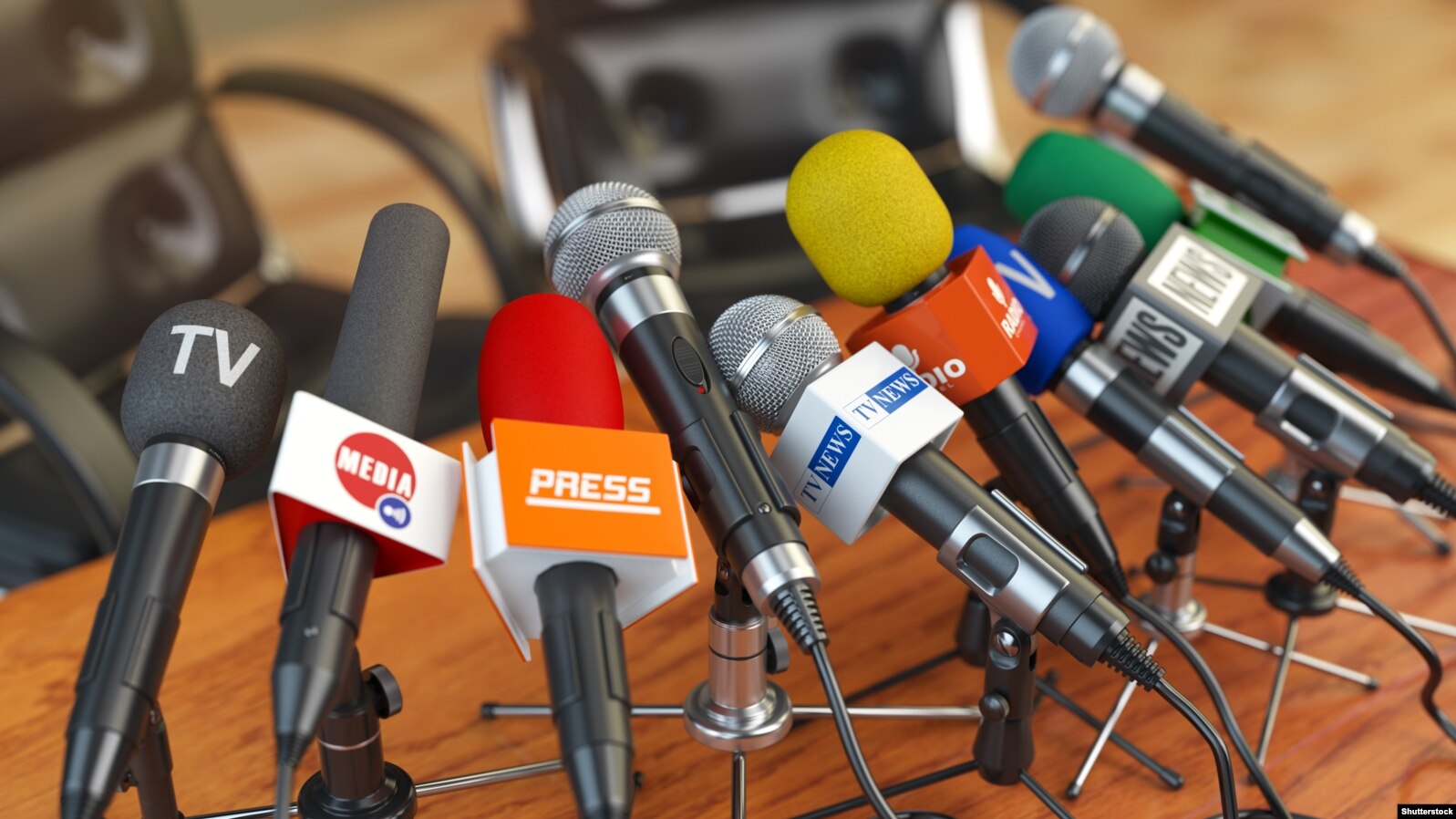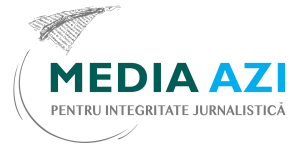CCIA Report: Corruption and lack of transparency continue to undermine press freedom in the Republic of Moldova

Mihaela Ciobanu
Although the Republic of Moldova has made some progress in establishing the legal framework necessary to support press freedom, these measures remain insufficient in practice due to their inadequate enforcement. The lack of adequate transparency regarding media ownership, the absence of rigorous mechanisms to implement the legal framework designed to protect editorial independence, the need to strengthen institutions specialising in combating corruption, and the environment of threats and intimidation in which some journalists often work continue to undermine both the credibility of the media and its role in the fight against corruption. These findings appear in the report “Media and Corruption in Moldova: Friend or Foe?”, prepared by the Independent Anti-Corruption Advisory Committee (CCIA) and published on Friday, October 10.
LACK OF ADEQUATE TRANSPARENCY
According to the research, transparency regarding media ownership is lacking, which significantly affects the ability of media institutions to effectively expose corruption and other illegal activities. The authors emphasize that, although the legal framework on media ownership — based on the Audiovisual Media Services Code (CSMA), which transposes the European Union’s Audiovisual Media Services Directive into national law — is designed to promote transparency and prevent concentration of ownership, its enforcement remains difficult due to limited resources and a lack of real political commitment. At the same time, the document refers to the historical context, emphasizing that media ownership in the Republic of Moldova has been concentrated over time in the hands of a small group of oligarchs who have used their media empires to promote their political and economic interests.
The authors emphasize that the structure of media ownership in the Republic of Moldova directly influences the ability of journalists and newsrooms to investigate sensitive issues such as corruption or other illegal practices. “This impact manifests itself in two main dynamics: on the one hand, the non-involvement of the media, where the concentration of ownership leads to a reduction in investigative activities; on the other hand, media involvement, where independent stations and collaborative initiatives try to keep up journalistic integrity, despite the challenges,” the study says.
POOR ENFORCEMENT OF THE LAW
The authors note that Moldova has made significant efforts to align its media legal framework with international standards, focusing on promoting press freedom, increasing transparency, and preventing monopolies. However, a major obstacle remains the inadequate enforcement of existing legislation, often amplified by corruption in the judiciary and regulatory institutions.
“For Moldova to fully realize the potential of its legal framework, it is essential to strengthen enforcement mechanisms and ensure the impartial application of these laws in all areas. This requires not only political commitment, but also substantial reforms to improve the independence, competence, and integrity of the institutions responsible for enforcing these laws,” the experts say.
IMAGE MANIPULATION, SILENCING CRITICS, AND DISCRIMINATING AGAINST LAW ENFORCEMENT AGENCIES
The report also indicates that bribes and rewards have become powerful tools for corrupt actors in Moldova, allowing them to obtain favorable media coverage and suppress critical news. “This practice undermines the integrity of journalism, erodes public trust in the media, and perpetuates a culture of corruption that hinders Moldova’s progress toward transparency and accountability,” the authors note.
At the same time, CCIA research shows that the use of reputation management strategies by corrupt actors in Moldova has a profound impact on the country’s political and social balance. Through carefully orchestrated public relations campaigns, they manage to rebuild their public image, preserve their influence, and avoid taking real responsibility for their actions. “This not only undermines efforts to combat corruption, but also perpetuates a culture in which well-crafted narratives about public service and charity can overshadow illegal acts,” the experts warn.
Another strategy noted by CCIA specialists is the systematic discrediting of law enforcement agencies, which “is a strategy designed to weaken their authority and reduce their effectiveness in investigating corruption. Corrupt actors try to avoid accountability by questioning their integrity. Such accounts may include allegations of bias, incompetence, or misconduct among law enforcement agencies.”
EXPERTS’ RECOMMENDATIONS FOR A MORE INDEPENDENT AND TRANSPARENT PRESS
To strengthen the role of the media in the fight against corruption and to support transparent and accountable governance, CCIA experts recommend strengthening and effectively enforcing the legal framework and ensuring uniform oversight in all regions of the country. At the same time, they propose increasing transparency regarding media ownership through reforms that require the disclosure of beneficial owners and sources of funding, as well as strengthening the powers of the Audiovisual Council and the Public Services Agency. Other measures aim to support independent and investigative journalism, diversify funding sources, protect journalists and whistleblowers from harassment or pressure, and implement media training and education programs for both media professionals and the general public.
The Independent Anti-Corruption Advisory Committee (CCIA) is an independent body composed of national and international experts, created in June 2021 by presidential decree. Its mission is to analyze systemic high-level corruption issues affecting state institutions and to support the strengthening of their capacity to implement effective anti-corruption policies. The CCIA collects and examines information from verified sources, prepares reports with recommendations aimed at optimizing anti-corruption efforts, and subsequently evaluates how state institutions and relevant actors implement these proposals, publishing the results periodically.

